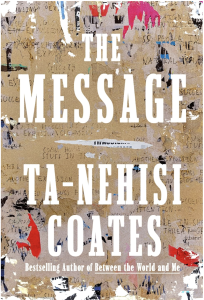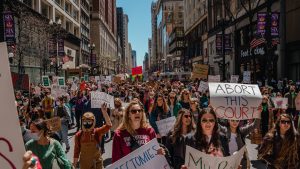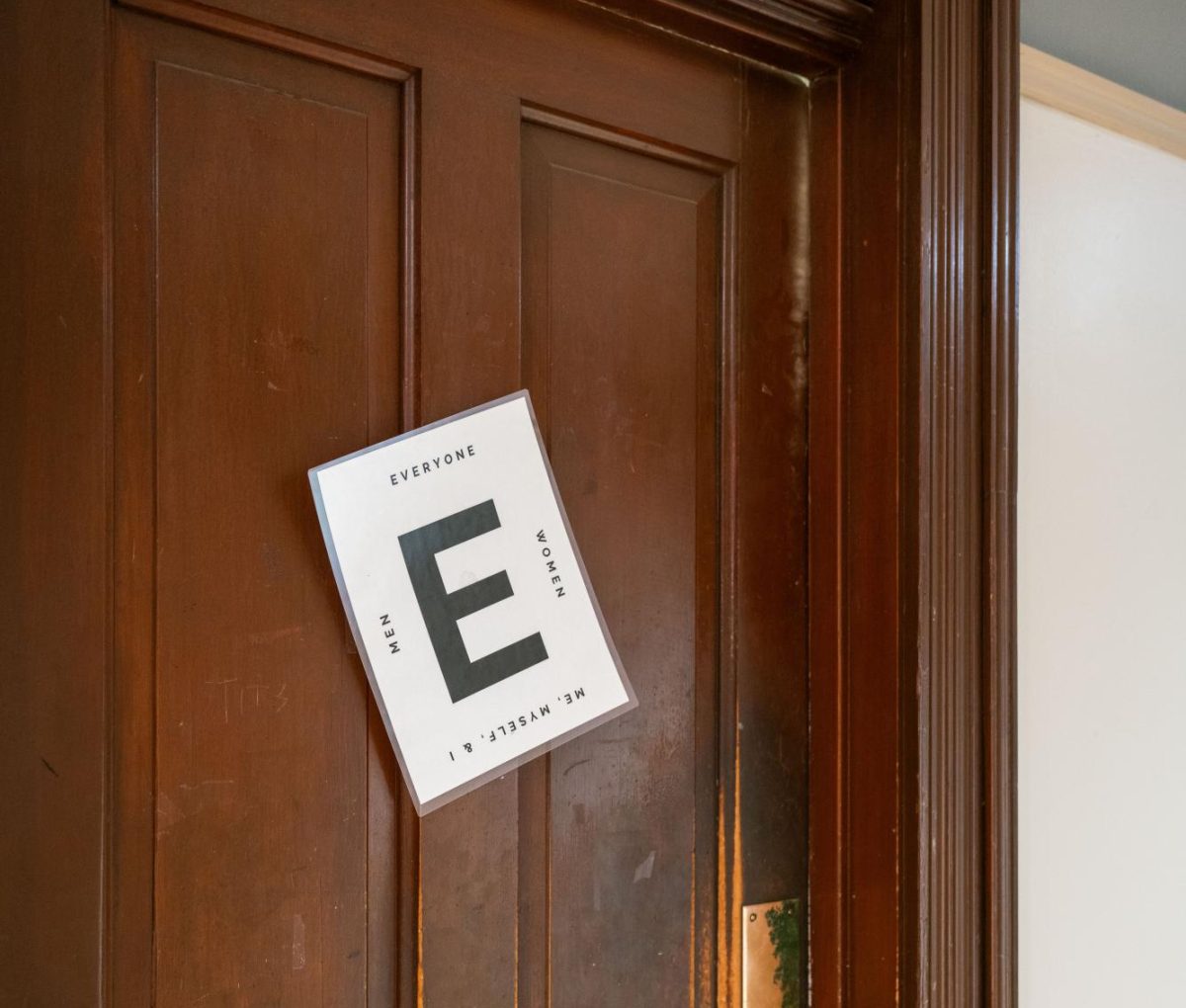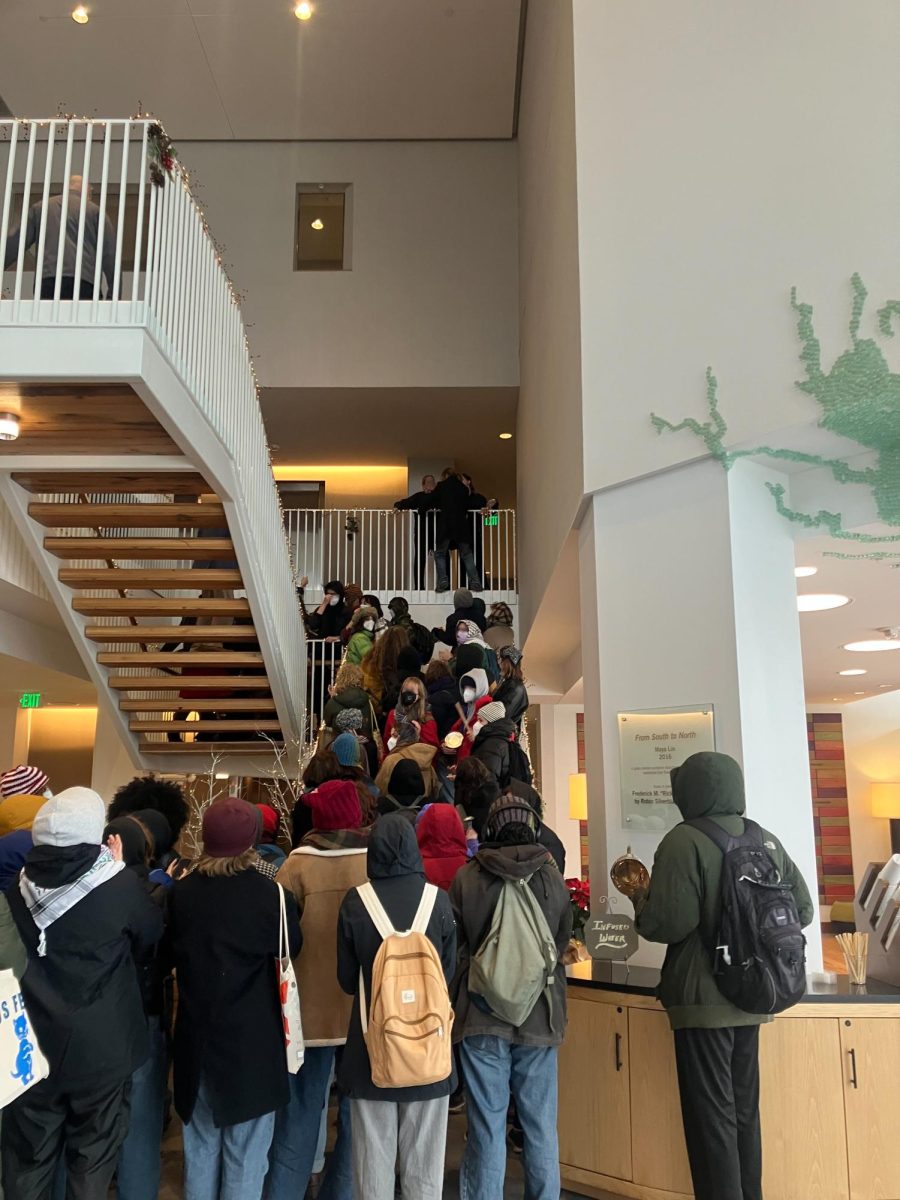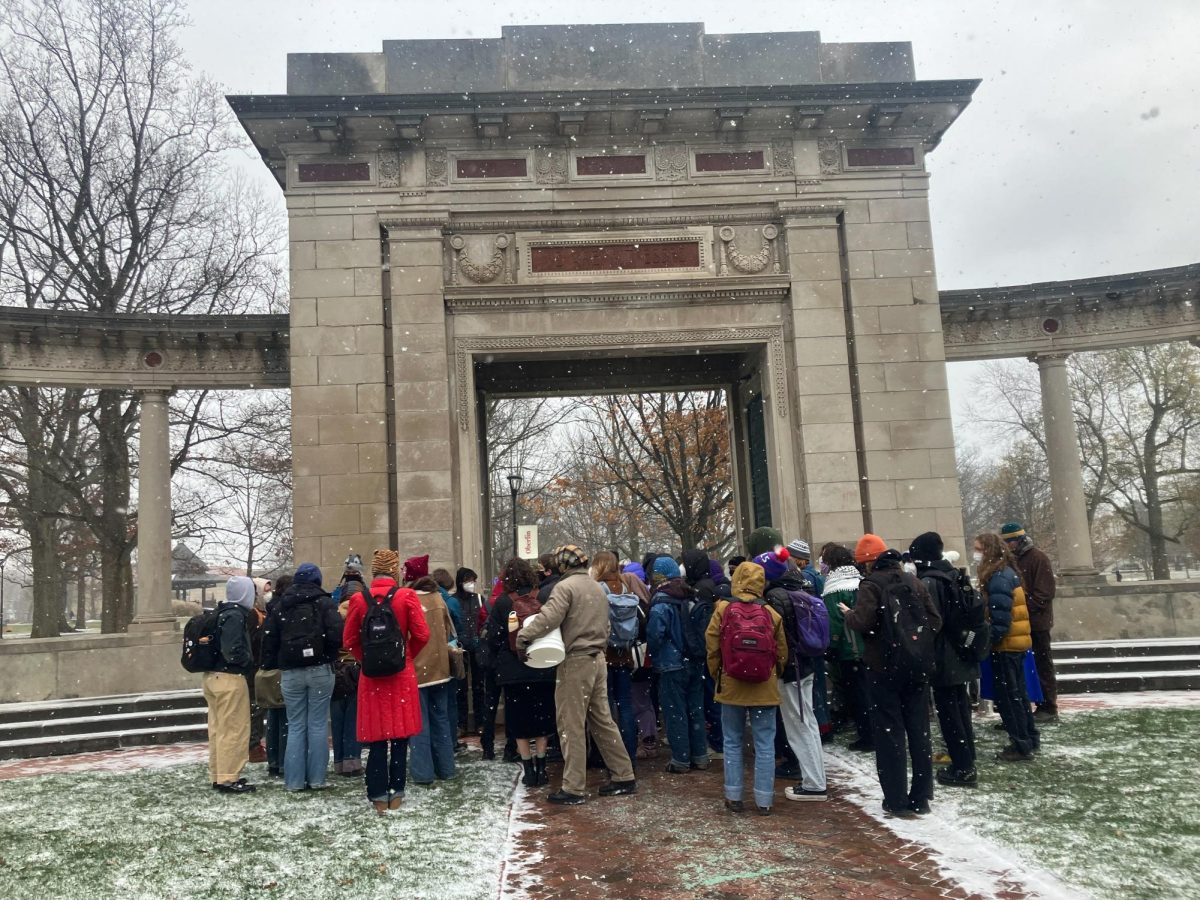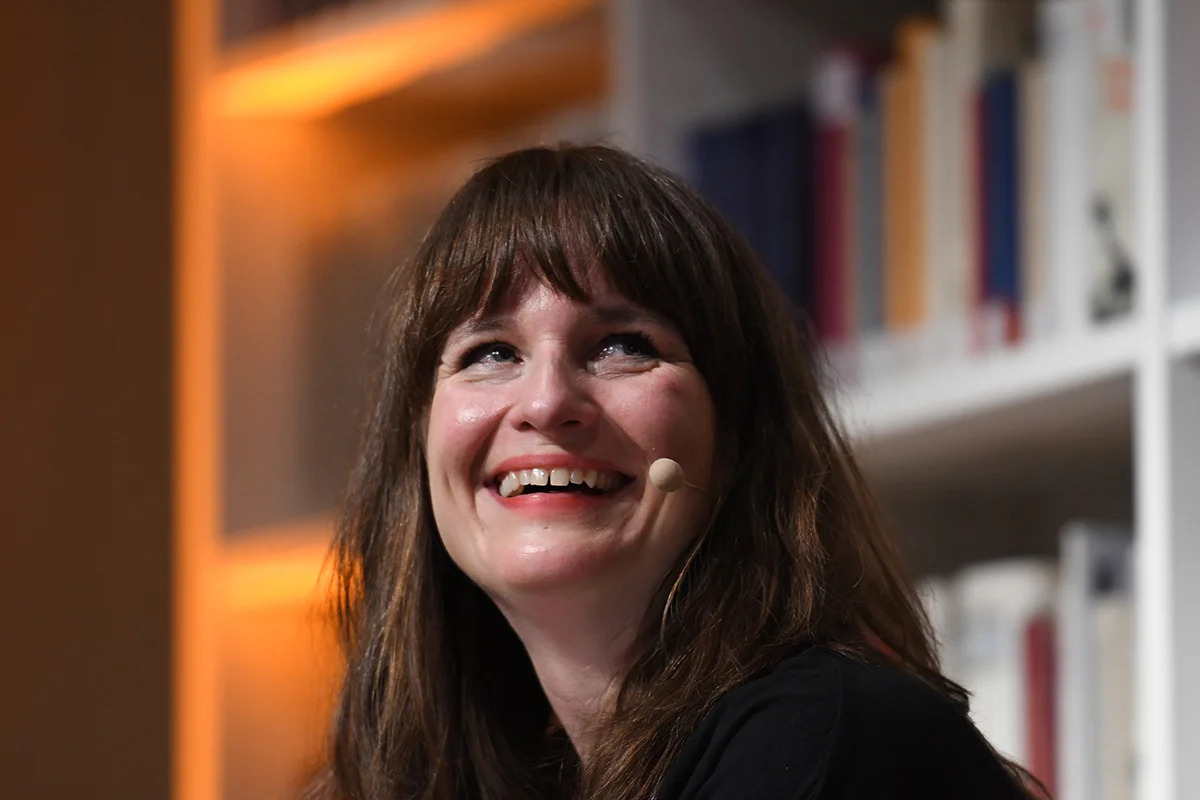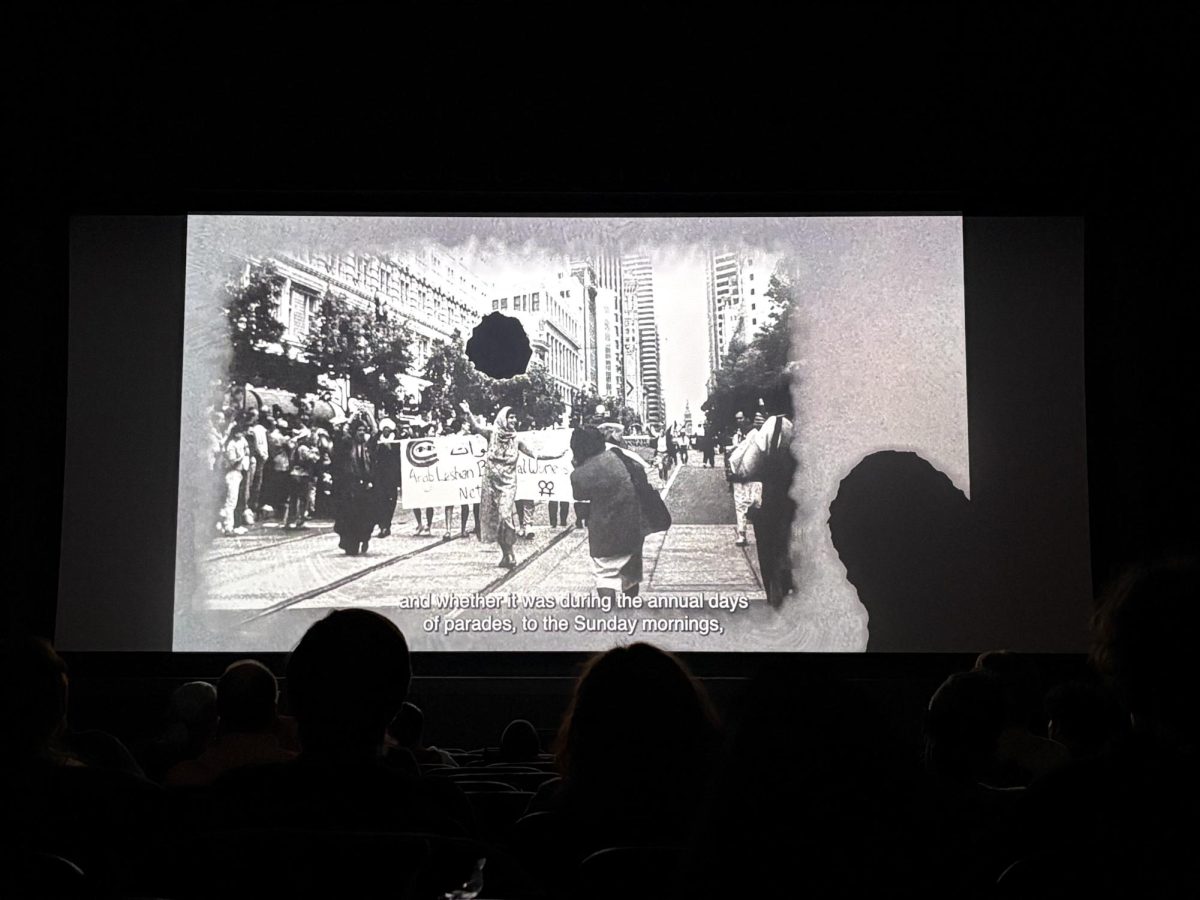Devastating Earthquake Translated to Music Videos in Western Sumatra
February 17, 2012
Disaster strikes everything, from homes to schools. But as Assistant Professor of Ethnomusicology Jennifer Fraser suggests, it affects music too.
A small crowd gathered during lunchtime on Wednesday, Feb. 15 to hear Fraser’s lecture “The Art of Grieving: West Sumatra’s Worst Earthquake in Music Videos.” In her lecture, Fraser described her search to define what she terms, “the ethnomusicology of disaster.”
The 7.6-magnitude earthquake that struck Western Sumatra in 2009 generated landslides that wiped out entire villages, resulting in the deaths of 1,100 people. This region is the home of the Minangkabau ethnic group; 69 percent of all Minangkabau people reside there. This disaster was, in Fraser’s words, “the worst disaster in the history of the Minangkabau.”
Since this earthquake specifically affected one ethnic group, with distinct musical customs, traditions and religious influence, the quake provided insight into how people embody grief through music and the localized ways that people make sense of disaster.
Fraser traveled to West Sumatra nine months after the earthquake hit. It was not her first visit to the region. She recalled familiar places, such as hotels and shopping malls she had visited, that were now in ruins. When Fraser returned, she found store shelves lined with music videos about the earthquake from Minangkabau artists, presented in an affordable Video Compact Disc format. “My emotional connection to this disaster was personal, but here was a public discourse about it available at record stores,” said Fraser.
These music videos presented the earthquake in a unique manner.
“It is the images that really speak a thousand words; they heighten and perhaps eclipse the sounds of music alone, combining cell phone videos and news footage of the earthquake with scenes involving crushed corpses, body bags, people in their deepest moments of grief,” said Fraser. Images of the artist are then superimposed over the disaster footage. “The videos are not merely a reflection of the disaster but constitute [artists’] active engagement with it.”
The music itself was also pertinent to the Minangkabau, a Muslim people who interpreted the earthquake through an Islamic lens. In a song, “A Ritualistic Offering,” by Al Kawi and Reni Nasila, the lyrics state, “Huge earthquake shook the earth / Clearly a reminder from God.” The music also frequently makes use of the traditional Minangkabau flute, called the saluang. It appears in interludes between the symmetrical, highly poetic rhyming verses that are divided into two sections, the sampiran and isi. The music also incorporates the sounds of crying and shattering earthquake sounds.
The response that these videos elicited is also specific to the Minangkabau cultural values. Community takes precedence over all else, so when Minangkabau migrants overseas watched the VCDs, they sought out videos featuring their home village and made contributions to relief funds.
“The experience of grief is public and communal in its expression, and sharing in the tragedy of others is a social and religious obligation,” said Fraser. In conclusion, Fraser said these videos serve as “a reminder ultimately to submit to God’s will.”


